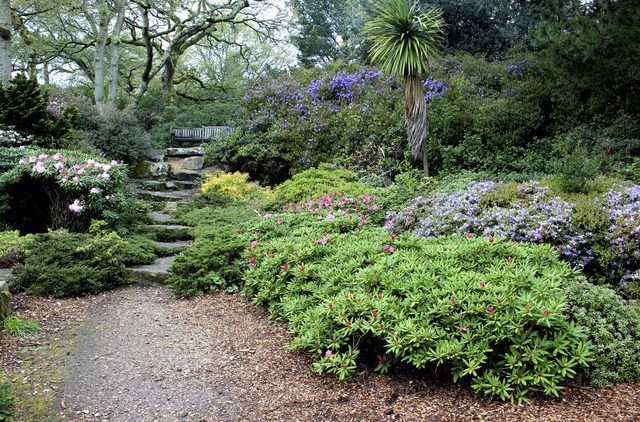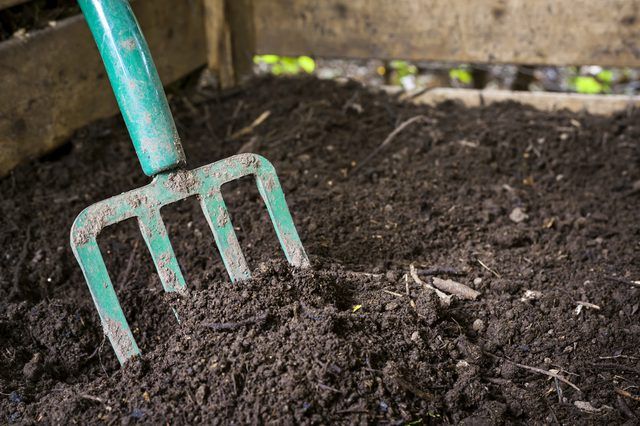Bulbs
Flower Basics
Flower Beds & Specialty Gardens
Flower Garden
Garden Furniture
Garden Gnomes
Garden Seeds
Garden Sheds
Garden Statues
Garden Tools & Supplies
Gardening Basics
Green & Organic
Groundcovers & Vines
Growing Annuals
Growing Basil
Growing Beans
Growing Berries
Growing Blueberries
Growing Cactus
Growing Corn
Growing Cotton
Growing Edibles
Growing Flowers
Growing Garlic
Growing Grapes
Growing Grass
Growing Herbs
Growing Jasmine
Growing Mint
Growing Mushrooms
Orchids
Growing Peanuts
Growing Perennials
Growing Plants
Growing Rosemary
Growing Roses
Growing Strawberries
Growing Sunflowers
Growing Thyme
Growing Tomatoes
Growing Tulips
Growing Vegetables
Herb Basics
Herb Garden
Indoor Growing
Landscaping Basics
Landscaping Patios
Landscaping Plants
Landscaping Shrubs
Landscaping Trees
Landscaping Walks & Pathways
Lawn Basics
Lawn Maintenance
Lawn Mowers
Lawn Ornaments
Lawn Planting
Lawn Tools
Outdoor Growing
Overall Landscape Planning
Pests, Weeds & Problems
Plant Basics
Rock Garden
Rose Garden
Shrubs
Soil
Specialty Gardens
Trees
Vegetable Garden
Yard Maintenance
Herbs for Shady Areas
Most herbs need full sun to thrive, but a few plants can do well in partial to full shade and add unique textures and exotic scents to a shady yard.
Most herbs originate from the sunny Mediterranean region and thus require growing conditions that receive six to eight hours of direct sunlight every day. But if you have a shady garden, you still have options. A few herbs can grow in shade-covered conditions, adding texture, color and exotic aromas to the landscape.
Types of Shade

Herbs and other plants are classified by the type of sunlight conditions they need. Familiarize yourself with these general sun and shade categories so that you can better understand the needs of your herbs:
Full sun: A minimum of six hours of direct sunlight daily
Partial sun: Four to six hours of direct sunlight
Partial shade: Two to four hours of direct sunlight
Full shade: Less than two hours of direct sunlight
Tip
The hours of direct sunlight don't need to be continuous. For example, the corner of your yard that gets two hours of morning sunlight and two hours of late afternoon sunlight still counts as "partial sun."
Commonly Grown Herbs for Shady Gardens

These shade-friendly herbs may not be as well known as their sun-loving cousins, but once you experiment with them, you may wonder why you haven't dabbled in shade gardening sooner:
Sweet woodruff (Galium odoratum) is a perennial in U.S. Department of Agriculture plant hardiness zones 4 through 8. It thrives in partial shade to full shade. Used primarily as a ground cover, it forms a dense mat with lance-shaped fragrant foliage and white blossoms.
Anise hyssop (Agastache foeniculum) is also hardy in USDA zones 4 through 8. It grows best in partial shade to full sun and reaches a height of up to 4 feet. It's prized for its purple flower clusters that attract butterflies, hummingbirds and other pollinators. True to its name, this herb smells like anise.
Wild ginger (Asarum canadense) prefers USDA zones 4 through 6. It does well in partial shade to full shade, where it's typically used as a ground cover. The plant produces textured, dark-green, heart-shaped leaves covered in fine hairs. Its roots smell similar to culinary ginger.
Parsley (Petroselinum crispum) is a culinary annual that grows in partial shade to full sun. Triangle-shaped, delicate leaves are used as a garnish in various dishes. It reaches a height of up to 1 foot. In areas that don't have freezing temperatures, this plant can sometimes survive as a biennial.
Lemon balm (Melissa officinalis) is hardy in USDA zones 3 through 7. Citrus-smelling leaves are topped by white or yellow flower spikes. It does well in partial shade to full sun and can reach a height of up to 2 feet.
Warning
Although lemon balm readily reseeds itself and can become invasive in certain pockets of the country, it is rarely so aggressive that it becomes a problem.
Cultivating Shade-Loving Herbs

While each specific plant may have unique growing requirements, several general cultural tips can ensure success when raising herbs in a shady garden bed.
Soil Conditions
Most herbs that do well in shade are used to growing in woodlands and therefore thrive best in soil that's exceptionally rich in organic matter. Mimic a sunlight-dappled forest's soil structure by mixing 3 to 4 inches of organic matter, such as peat moss or compost, into the top 8 to 10 inches of soil before planting the herbs.
Watering Requirements
Sun-loving herbs prefer it when their soil dries out between watering. In contrast, shade-loving herbs prefer soil that's consistently moist but not waterlogged. Water the herbs daily. At times, you may need to water herbs more than once a day. Monitor the top inch of soil and irrigate as soon as the surface soil dries out.
Warning
Shady growing conditions are typically caused by overhanging trees and shrubs. Not only do these larger plants block rainwater from reaching the herbs growing in their shade, but the trees' and shrubs' roots may also compete for soil moisture. Increase watering frequency if you notice these signs of drought stress in your shaded herbs:
Leaf wilting
Leaf curling
Flopping, weak stems
Mulching Herbs
Mulch doesn't just help to keep weeds from invading your shaded herb beds. It also protects soil moisture and enriches the underlying soil with organic matter, making mulch especially beneficial for shade-grown herb plants. Spread 2 inches of mulch around the plants. Cover all bare soil, but avoid allowing the mulch to press up against the herb plant's base. This can cause rotting.
Examples of mulch include these materials:
Shredded leaves
Compost
Shredded pine bark
Wood chips
Weed-free straw or hay
Fertilizing Herbs
Herbs do not require regular fertilization. Soil that's overly rich in nutrients can cause herbs to lose their trademark aromas. However, if you notice slow growth, pale foliage and other signs of nutritional deficiencies, you may wish to consider periodic fertilization. Fertilize an herb garden just as you would a traditional vegetable garden. For an established herb bed, use 1 pound of 10-10-10 fertilizer for every 100 square feet of garden space. Apply the fertilizer approximately a month after planting or after new growth begins to appear on perennial herbs.